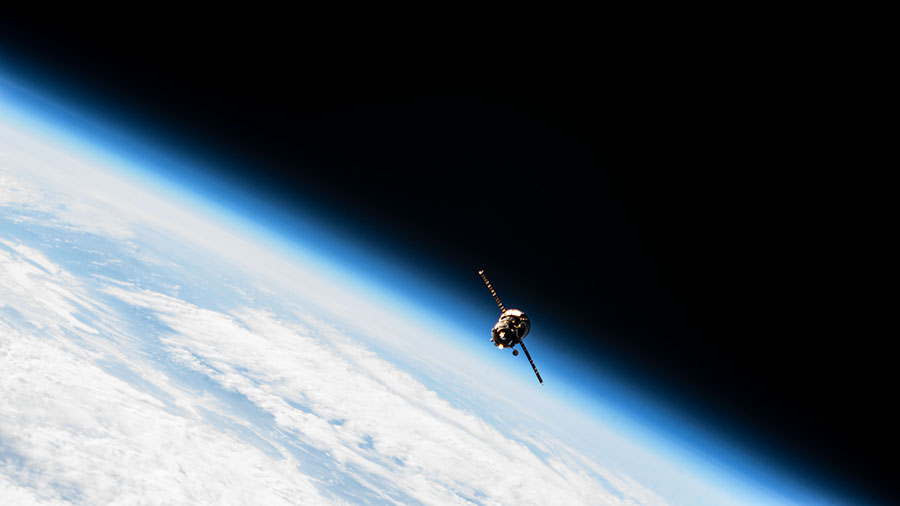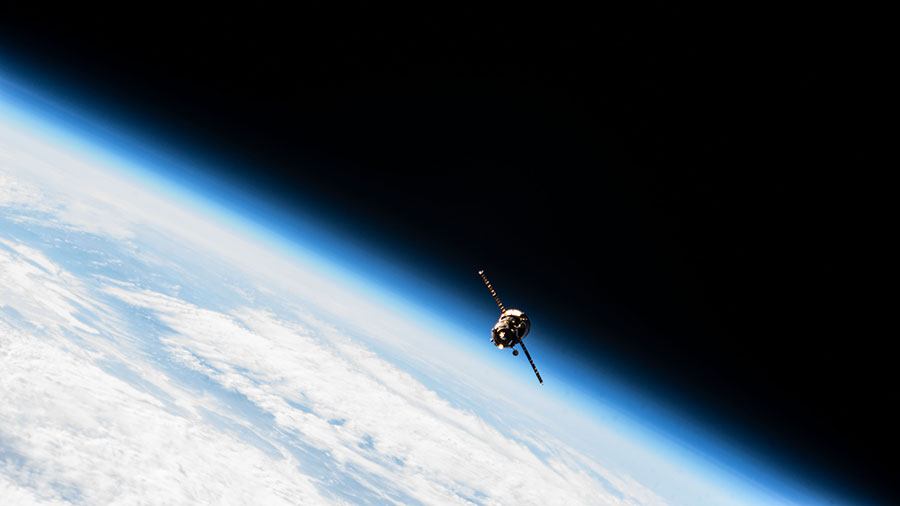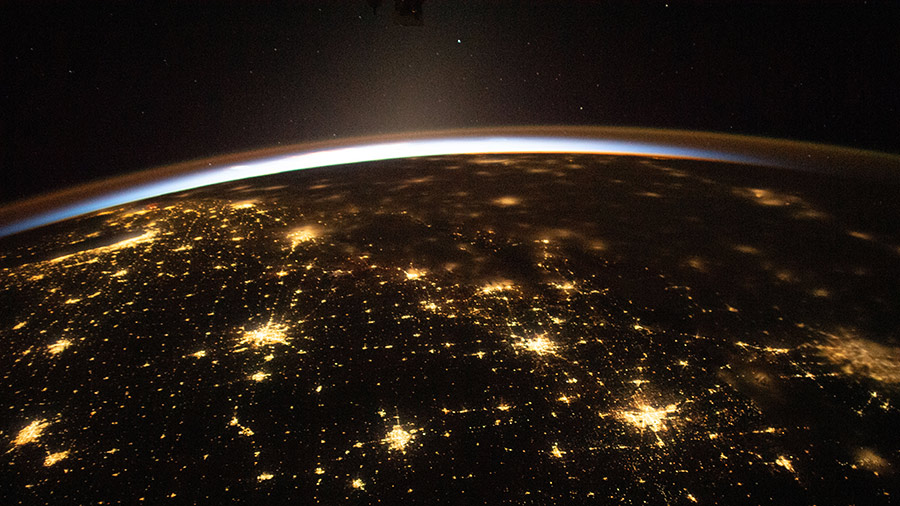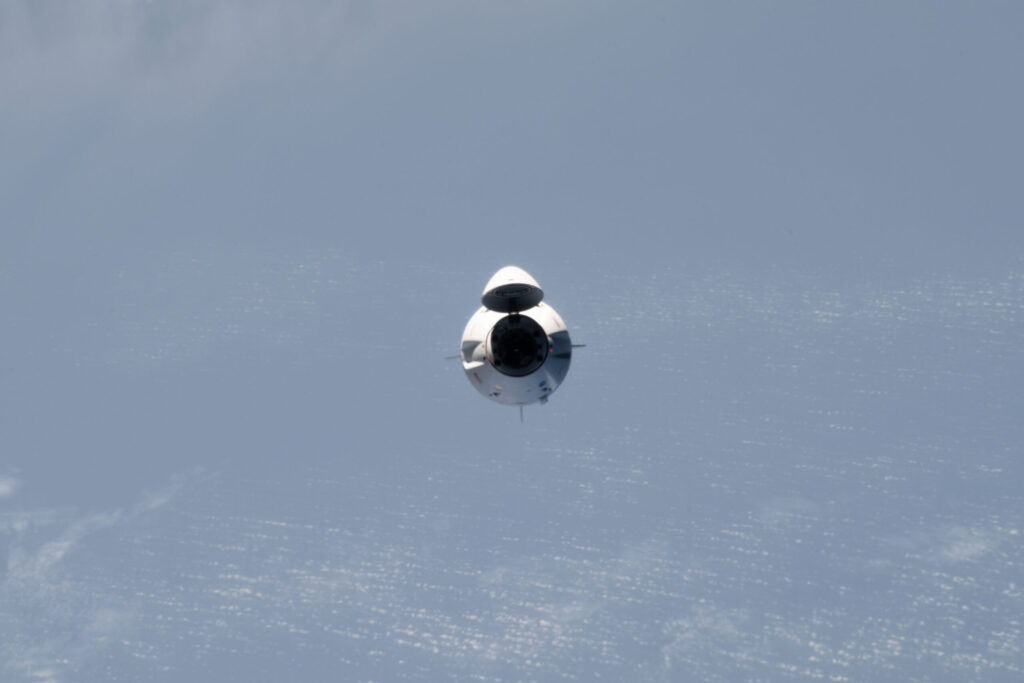
The seven-member Expedition 68 crew was back on its full complement of microgravity research on Tuesday. The orbital residents also saw a trash-filled cargo craft depart the International Space Station early in the morning.
It was a science-packed day aboard the orbital outpost with the four astronauts and three cosmonauts exploring the behavior of fuels in space, high-temperature physics, and cardiac research. The space scientists also turned their attention to more mundane orbital plumbing work and household maintenance tasks.
NASA Flight Engineer Frank Rubio installed new research hardware inside the Columbus laboratory module to observe how fuels behave to optimize satellite performance in space. He also activated a new toilet in the Tranquility module and verified its performance enabling its use for a crew operations test.
Working in the Kibo laboratory module, Flight Engineer Koichi Wakata of the Japan Aerospace Exploration Agency (JAXA) swapped samples from inside a specialized research furnace. The high-temperature physics device uses electrostatic levitation techniques to explore the thermophysical properties of materials exposed to temperatures above 2,000 degrees Celsius. He later collected his blood and urine samples for stowage in a science freezer and future analysis.
NASA Flight Engineers Nicole Mann and Josh Cassada began their day with biomedical research collecting body samples for the long-running Standard Measures study that monitors astronaut health. The duo later practiced on a computer the procedures they would use for the return back to Earth inside the SpaceX Dragon Endurance crew ship, currently targeted for early March.
Roscosmos Flight Engineers Dmitri Petelin and Anna Kikina partnered together during the morning for a study that explores how the human heart adapts to long-term weightlessness. Afterward, Petelin configured hardware that observes Earth’s nighttime atmosphere in the ultraviolet wavelength. Kikina removed sensors from herself after monitoring her heart’s electrical activity and blood pressure for 24 hours.
Roscosmos Commander Sergey Prokopyev woke up early and pointed his camera out a window in the Zvezda service module to photograph the departing ISS Progress 81 (81P) cargo craft. The 81P undocked from Zvezda’s rear port at 11:56 p.m. EST on Monday for a safe demise above the Pacific Ocean just over two hours later completing an eight-month resupply mission.
The 81P will be replaced by the ISS Progress 83 (83P) resupply ship after it launches on Thursday at 1:15 a.m. EST from the Baikonur Cosmodrome in Kazakhstan. The 83P will automatically dock to the same port vacated by the 81P at 3:49 a.m. EST on Saturday for a six-month stay.
Learn more about station activities by following the space station blog, @space_station and @ISS_Research on Twitter, as well as the ISS Facebook and ISS Instagram accounts.
Get weekly video highlights at: https://roundupreads.jsc.nasa.gov/videupdate/
Get the latest from NASA delivered every week. Subscribe here: www.nasa.gov/subscribe




